U.S. Issues Its Only Certified Mail Stamp
On June 6, 1955, the US Post Office issued its first and only Certified Mail Stamp, US #FA1. The stamp gave mail special protection and provided the sender with proof of delivery.

On June 6, 1955, the US Post Office issued its first and only Certified Mail Stamp, US #FA1. The stamp gave mail special protection and provided the sender with proof of delivery.
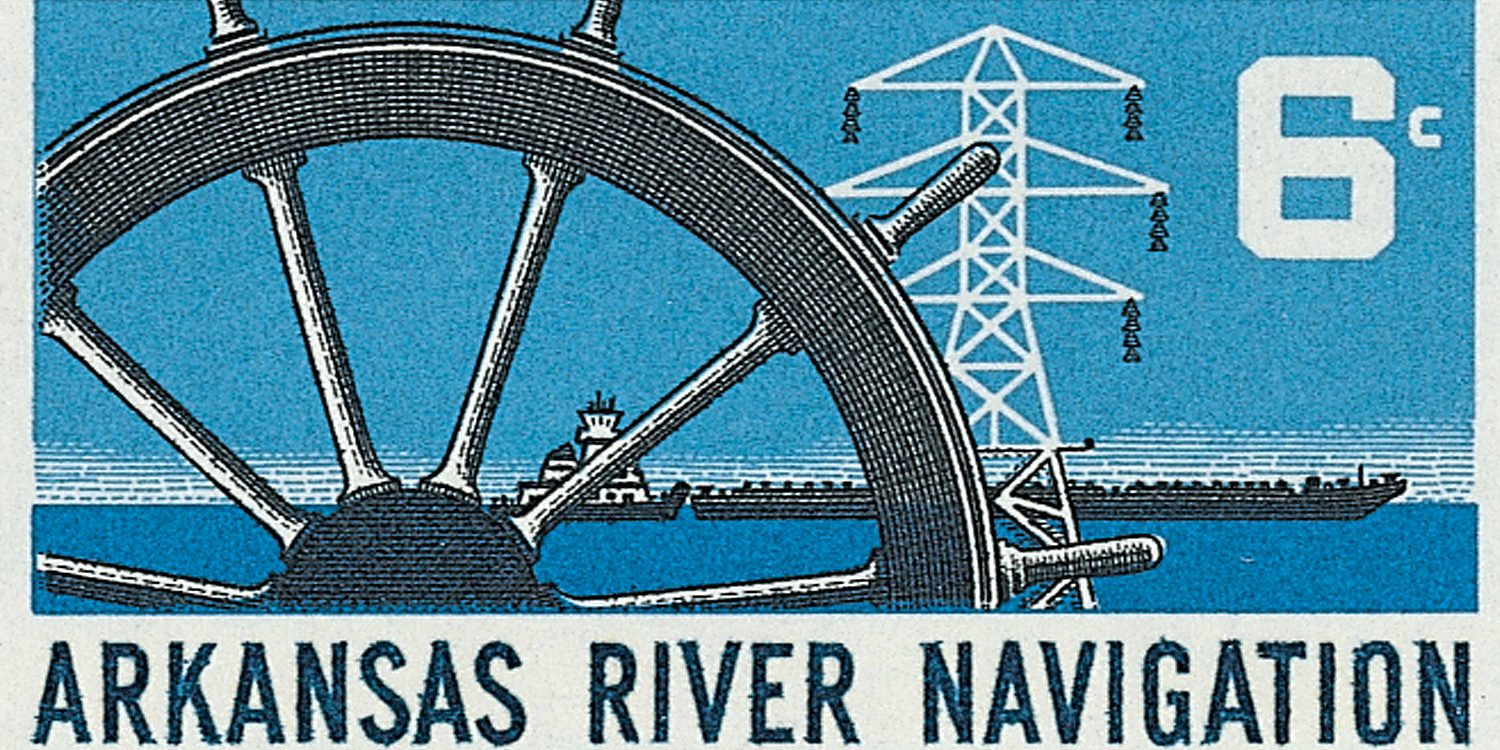
On June 5, 1971, the McClellan-Kerr Arkansas River Navigation System (MKARNS) was officially dedicated after decades of work. One of the largest civil works projects up to that time, it accounts for more than $1billion in trade transportation each for Arkansas and Oklahoma.
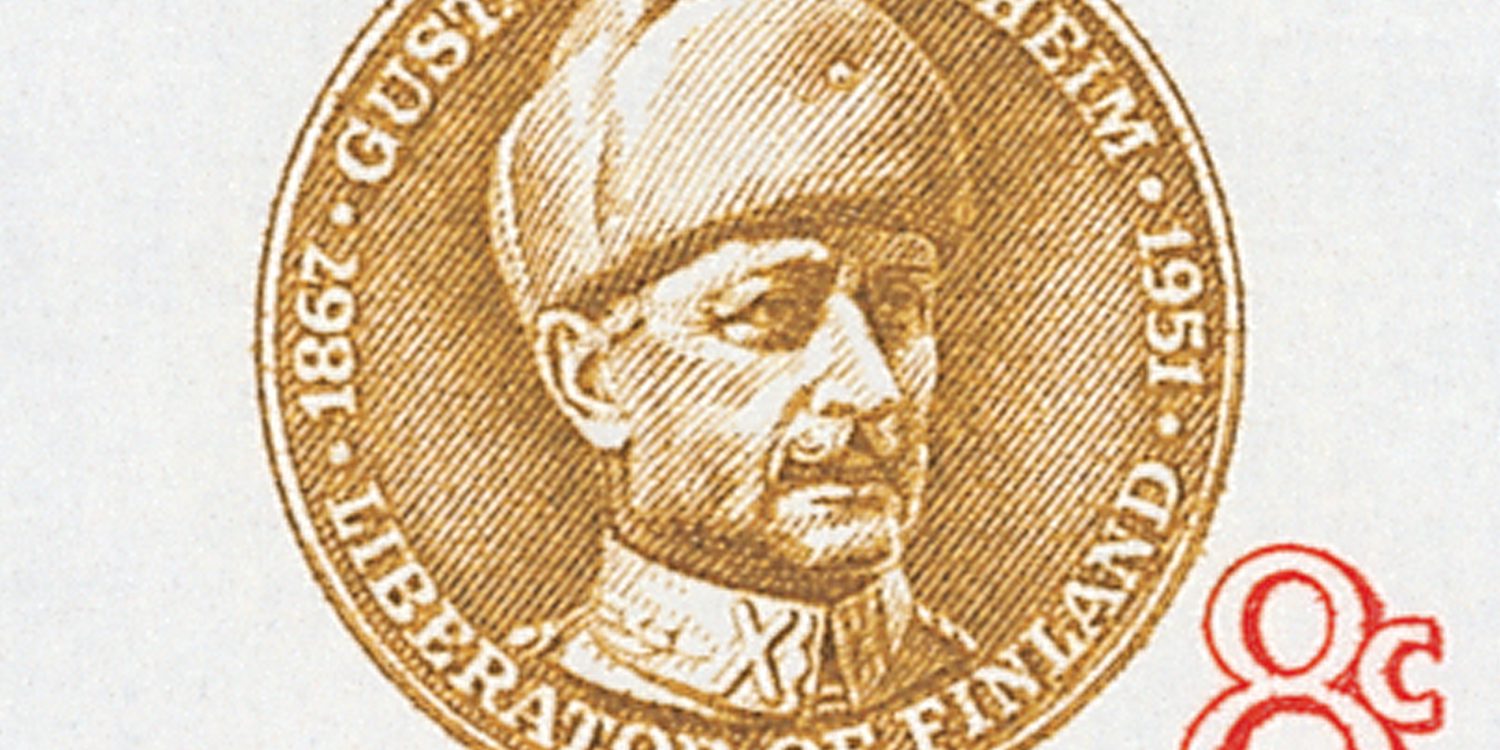
Baron Carl Gustaf Emil Mannerheim was born on June 4, 1867, in Askainen, Grand Duchy of Finland, Russian Empire. A soldier, statesman, Marshal and President of Finland, Mannerheim led his countrymen though multiple wars, and is sometimes called the father of modern Finland.
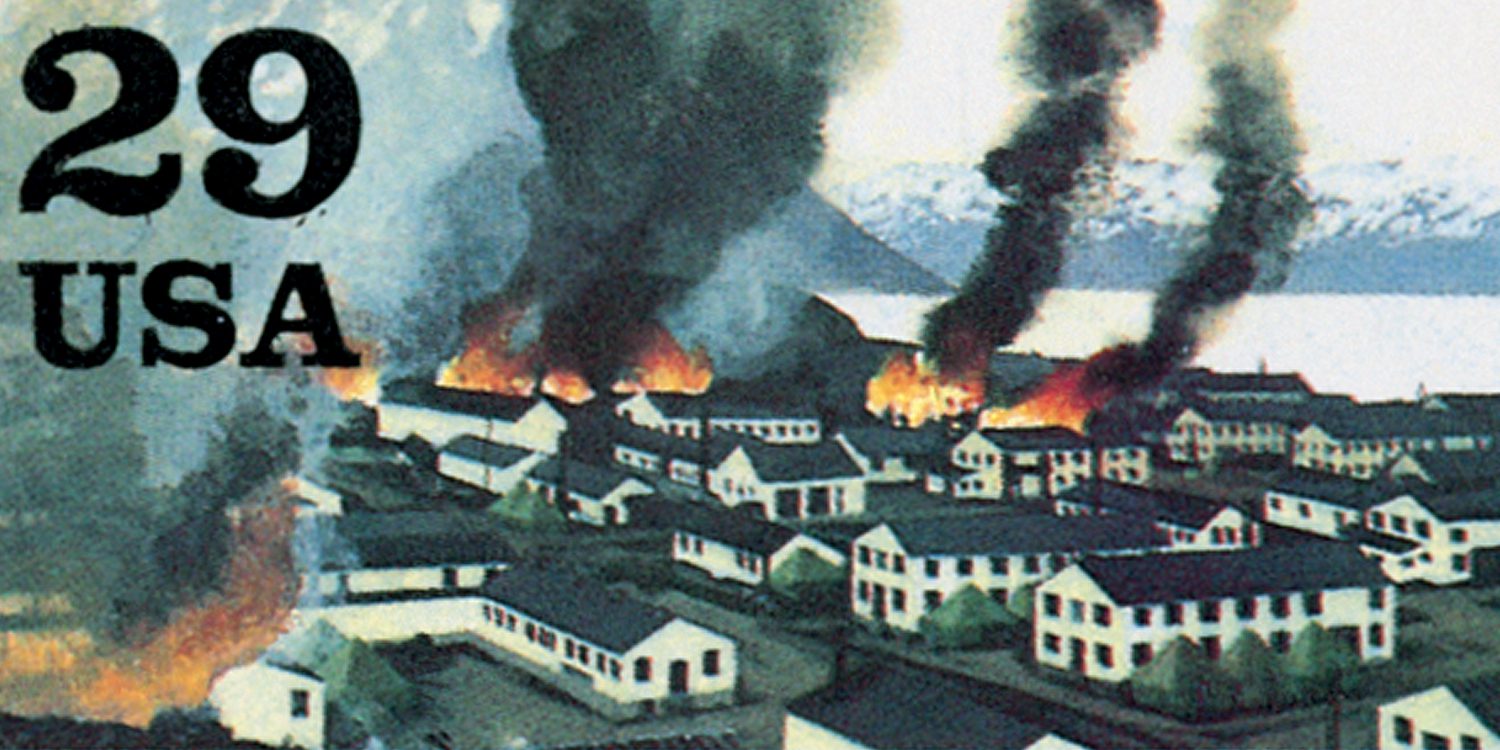
One June 3, 1942, Japanese forces kicked of the 14-month Aleutian Islands Campaign. The campaign’s two Japanese invasions were the only ones on US soil during the war.

Marilyn Monroe was born Norma Jeane Dougherty on June 1, 1926, in Los Angeles, California. Dubbed the “Blonde Bombshell,” she was one of the most popular actresses of the 1950s and early 1960s.

Patricia Roberts Harris was born on May 31, 1924, in Mattoon, Illinois. Harris achieved several firsts in her life. She was the first black woman to serve as an American ambassador, serve in the US Cabinet, be dean of a law school, and sit on the board of directors of a Fortune 500 company.

On May 30, 1854, President Franklin Pierce signed the Kansas-Nebraska Act into law. The act had been created to settle tensions over slavery and open new lands for development, but instead only proved to create more division and move America closer to Civil War.
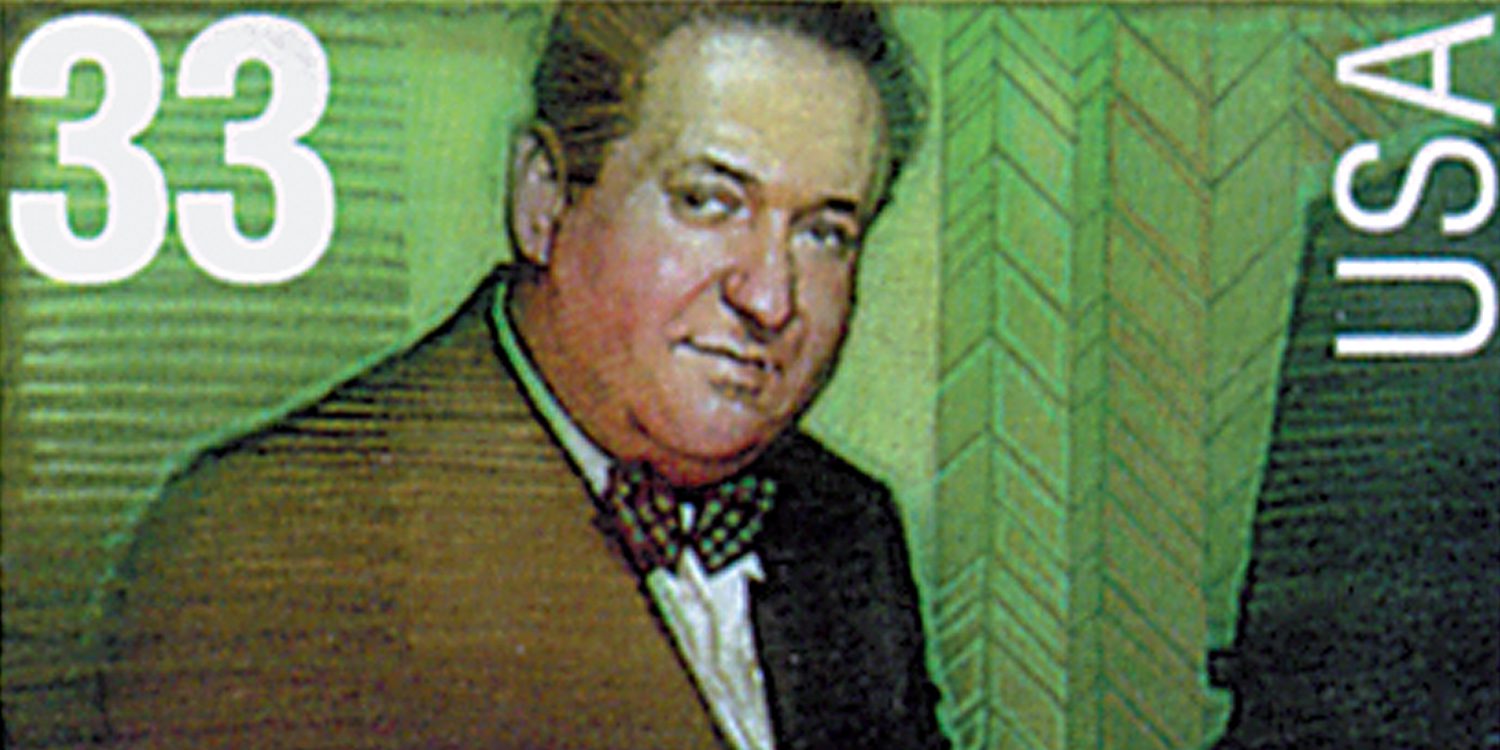
Composer Erich Wolfgang Korngold was born on May 29, 1897, in Brünn, Moravia, Austria-Hungary. A child prodigy, his technical skills and understanding of music combined to make him one of the most talented, yet underrated, musical figures of the 20th century.
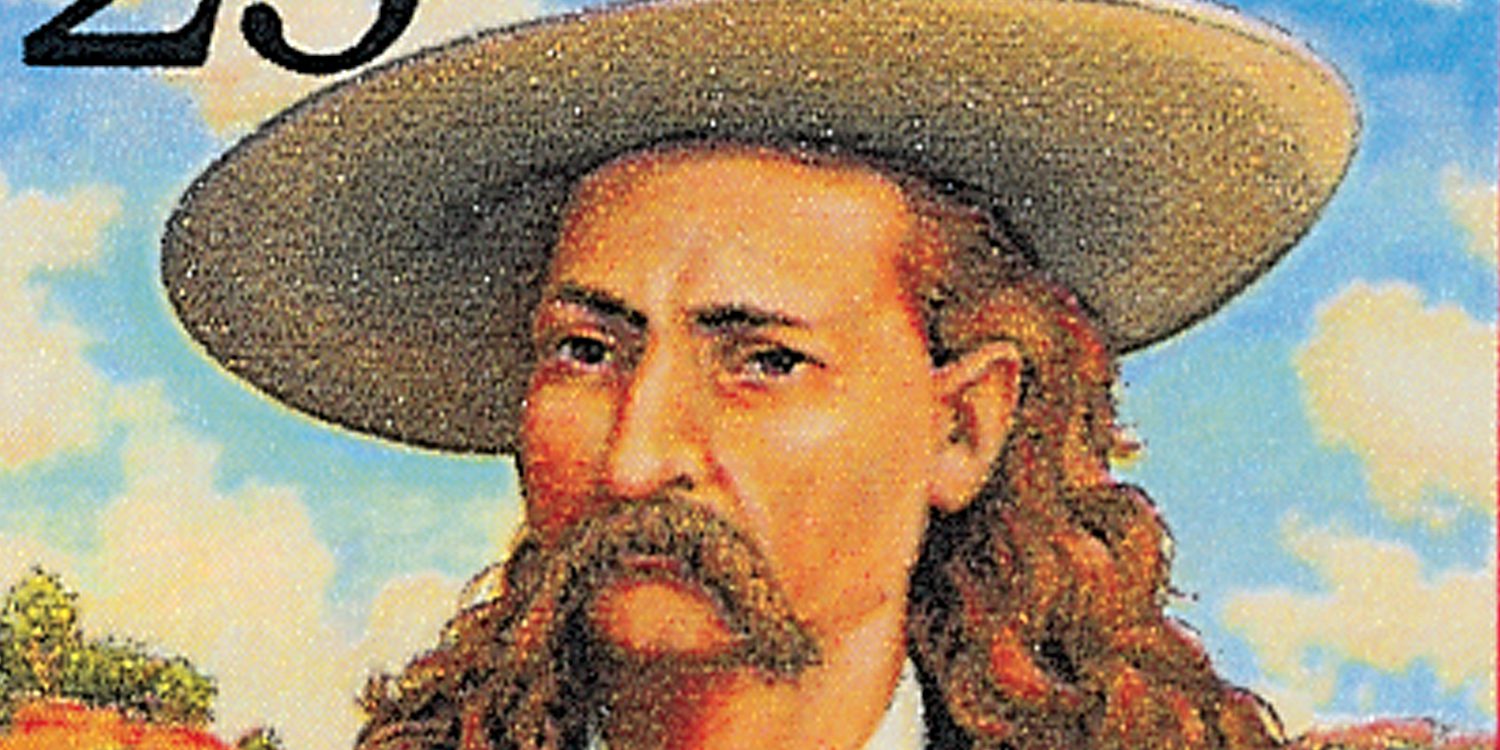
James Butler “Wild Bill” Hickok was born on May 27, 1837, in Homer, Illinois (present-day Troy Grove). A soldier, scout, lawman, gambler, showman, expert marksman, and gunfighter, he was a legend in his own time.